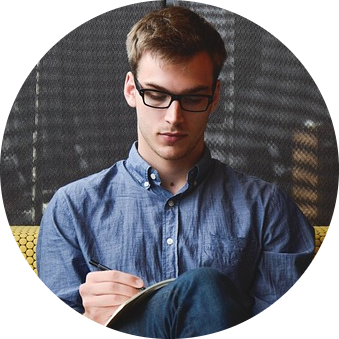Artificial intelligence has been an unachievable dream and a worrying term for more than a few decades. However, the recent invention of OpenAI’s ChatGPT and various other AI models that followed has prompted new fears and aroused curiosity about the use cases of this technology.
One of those use cases is AI food photography, where AI engines and algorithms have quickly become capable of creating astounding food images in a few seconds.
Stay with us to learn about AI food photography, how these tools work, and their capabilities. We’ll also review some of the best AI apps on the market and show you how to use them.
In this article
AI Video in Minutes!

Is AI Taking Over Food Photography?
Every time AI is mentioned, many people start clenching their fists in anger, cursing the day it was invented, or have a mini anxiety attack in fear of losing their job, and they’re doing it for a reason. It’s inevitable that AI has slowly but surely started taking over various industries, simplifying jobs and speeding them up beyond what we previously thought was possible.
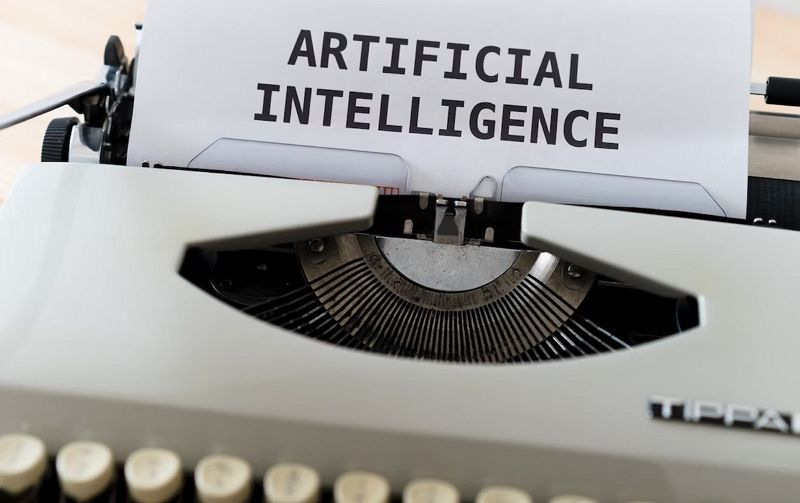
One of those fields is photography, and you may have heard about it in recent news. In essence, photographers are outraged, and legislators are unsure what to do and how to categorize these AI-generated images as they appear too natural.
Even today, it’s clear that AI tools will take over various jobs in the future, including the ones in the food photography industry. Advertising a food item, such as a McDonald’s cheeseburger, will no longer require a professional photographer, hours of preparation, various lighting equipment, different camera angles, expensive lenses, etc.
How AI Food Photography Tools Work
Modern AI and machine learning tools learn by training on hundreds of terabytes of existing data. These AI algorithms review hundreds of thousands of food images with captions, analyzing what’s on the image, comparing images with their descriptions, and learning what each item is called.
Once they have sufficient data, they can start applying it in new situations. Such tools can analyze images of food, describe what’s on the image in text or turn text into an image, adjust various aspects of the photo, and create mouth-watering AI food photography.
What Can AI Photography Tools Do
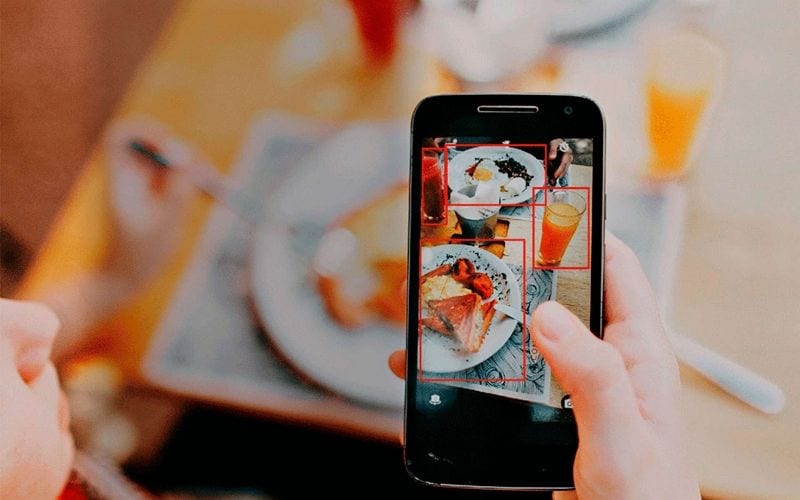
You’ve likely already seen AI images in restaurants without realizing they were AI-generated. These food pictures can appear stunning and mouth-watering and look like the best chefs and photographers in the world created them. But what else can AI photography tools do?
1. Personalized Recommendations for Photos
AI tools have become so advanced that they can help professional food photographers take their photography game to the next level. These tools can analyze a photographer’s previous work and recommend improvements in the form of locations for shorts, camera lenses, lighting equipment, photography styles, image composition, etc.
2. Image Analysis
Another powerful feature of AI is the ability to analyze what’s in a picture. In the food industry, that means recognizing ingredients, portion sizes, backgrounds, and locations. That can have various advantages throughout the industry, including creating recipes, monitoring food quality, automating restaurant inventory management, and many others.
3. Generating Images
As they’re trained on hundreds of thousands of images with captions, AI tools have learned to recognize these captions and what’s on the picture. That makes them capable of generating whatever image you want, and all you have to do is add a few keywords to create AI prompts.
4. Tagging and Image Recognition
Finally, there’s also the ability to turn images into text, which can be incredibly advantageous for visually impaired people, text-to-speech tools, image tags, keywords, etc. Moreover, these tools can also recognize the type of food in the picture, which can benefit restaurants, providing incredible categorization capabilities and making life easier.
Best AI Food Photography Tools
If you’re interested in trying some of the world’s best AI food photography apps, we’ve tested various excellent ones and compiled a list of the top four. You can learn more about them and see them in action below.
1. Wondershare VirtuLook
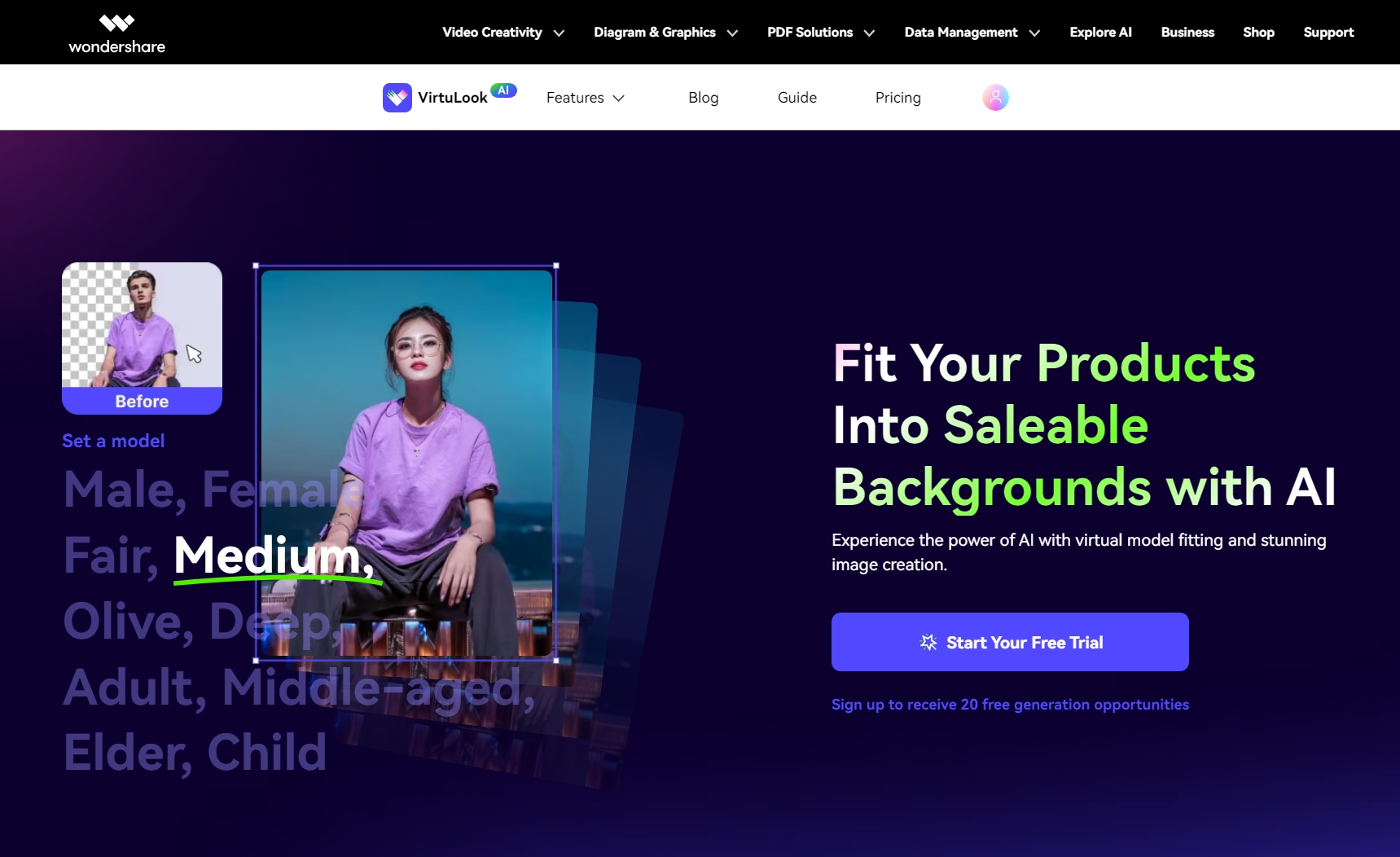
Being a relatively new player in the AI-powered tools game, Wondershare VirtuLook has slowly been taking over the industry with its fantastic features. It’s an incredible little tool that you can use for all your AI product photography needs, including AI food photography.
The tool is simple, minimalistic, and effortless to use, while creating an AI image takes only a few minutes and can be done in a few steps. You’ll find a guide on using Wondershare VirtuLook below, and you’ll be positively surprised by how fast it is. Head on over to the Wondershare VirtuLook website to get started.
Step 1. Open the Wondershare VirtuLook website on your browser. Click “Get Started”.
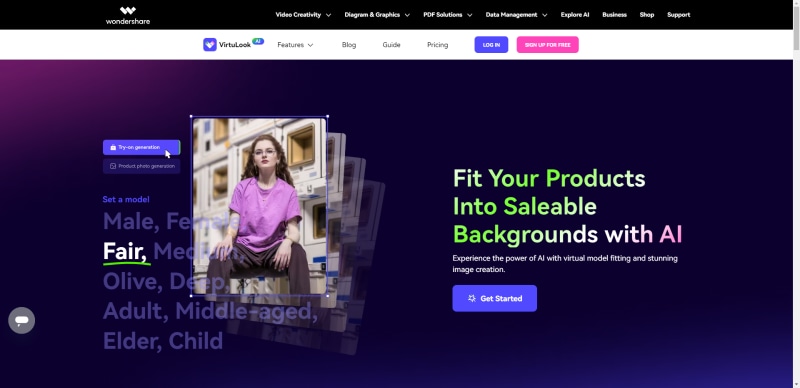
Step 2. Upload your original image and left click on the area of the cloth or product you wish to keep. (Please note that it is recommended to use the try-on generation function for mannequin images and the product photo generation function for product images). For optimal output images, it is advisable to review the basic requirements for the original photos first.
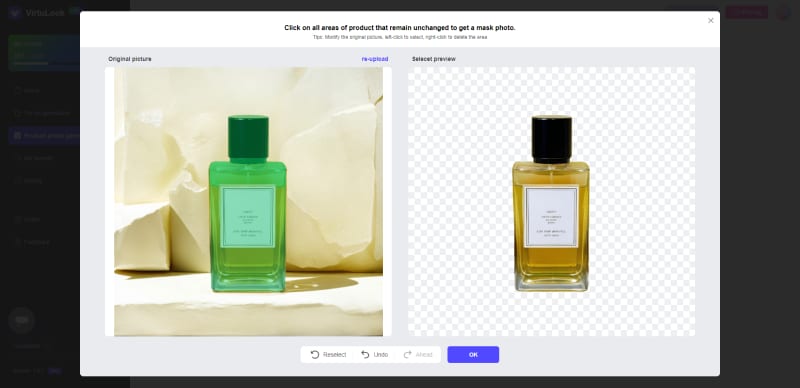
Step 3. Change your background by Using Template/Custom Editing.
Change the style and background by selecting the different template. This option will change the areas of the picture that you don't want to keep to your preferred background.

Alternatively, if the template does not currently have the scene you need, you can try using the Custom Editing feature to generate your own customized photo.
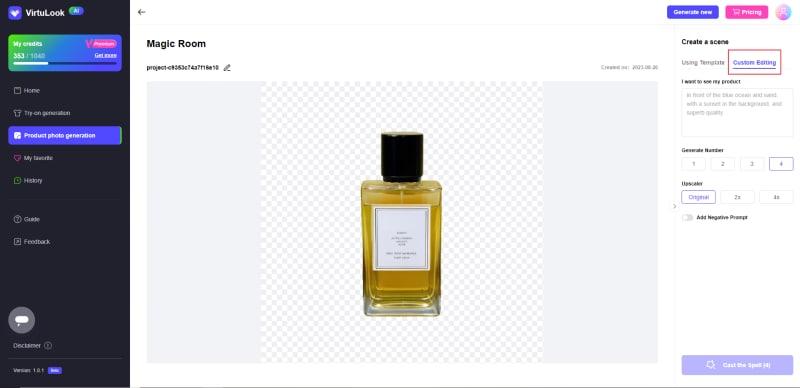
Step 4. Lastly, you can download or bookmark the photos you like. We also appreciate timely feedback from you regarding any issues with image quality or any other concerns you may have.
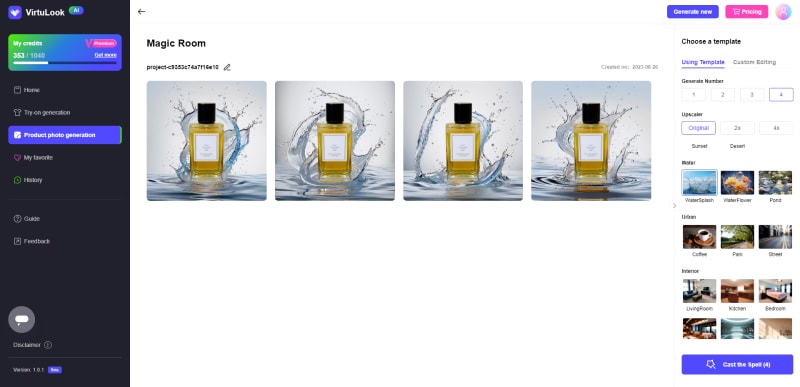
Try the Wondershare VirtuLook AI food photography tool and see how AI can take days of work, preparation, shooting, and editing and complete the entire operation in minutes or seconds.
2. Lunchbox
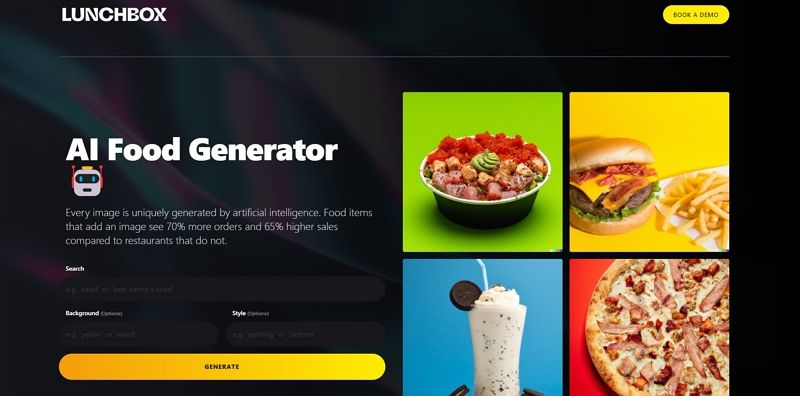
Lunchbox is another popular AI food photography application based on OpenAI’s DALL-E generative AI. The tool is aimed at restaurants and other food businesses that want to update their menus or post quick social media updates.
It features a text-to-image generator that is relatively easy to use as it only has three fields of input. The user can input the type of food they want into the compulsory category field under “Search,” while the other two fields, “Background” and “Style,” are entirely optional.
However, that also means the tool might be too limited for some users, as there aren’t many options. You should still try it and see how it works, as it might be helpful for your needs.
You may also be interested in: best backgrounds for product photography
3. Stable Diffusion
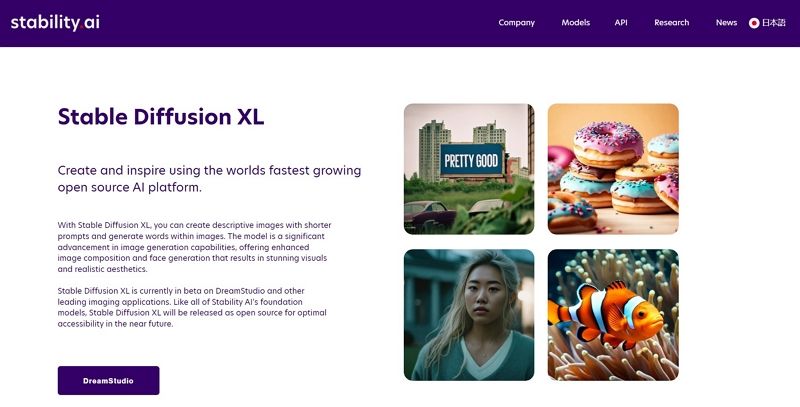
Stable Diffusion is an open-source AI text-to-image generator that works similarly to ChatGPT’s model, recently making waves on the internet. It uses the latent diffusion model, or LDM for short, which first creates an image with static and then slowly removes it, piece by piece, following the text prompts.
It works differently from other AI food photography generators because it was trained on thousands of pictures from DeviantArt, Flicker, Pinterest, and many other art and image-filled websites. These websites include images with descriptions, and the AI engine has learned to recognize these elements, combining captions with images.
The tool is unique because it can replace specific items inside a picture and extend other images by adding the details you write, making them more extensive and detailed.
4. Midjourney
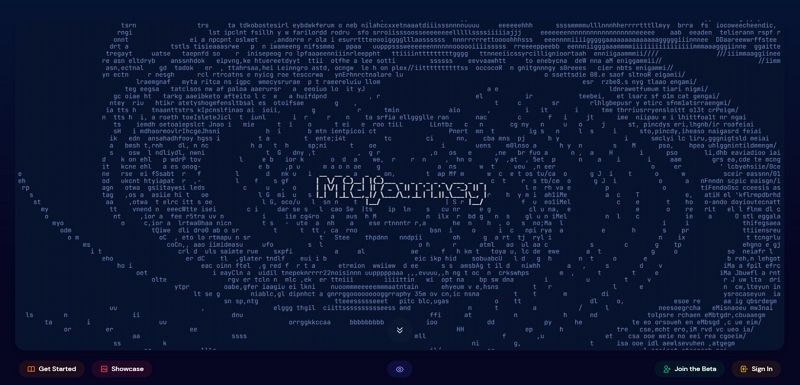
Midjourney is another capable contender in the AI food photography industry, as it’s incredibly capable of creating visually appealing dishes without ever needing you to touch a camera.
As you provide a text description of what you want, Midjourney’s powerful AI engine can generate a stunning image that applies every word of your text description in seconds.
Restaurants, chefs, food bloggers, marketers, and many others interested in food photography can use Midjourney and simple prompts to create the most mesmerizing images of food you’ve ever seen.
Conclusion
AI food photography has been making waves on the internet, as these life-like images are almost entirely indistinguishable from the real thing. The new technology and the AI tools that have been making these images have gained a lot of attention, as they’re capable of creating personalized recommendations, generating photos, and analyzing and tagging the existing ones.
Some of the best AI food photography tools include Lunchbox, Stable Diffusion, Midjourney, and arguably the best one – Wondershare VirtuLook. These tools can create incredible, mouth-watering food images in a few seconds – all the user needs to do is add a few keywords to make a prompt.
